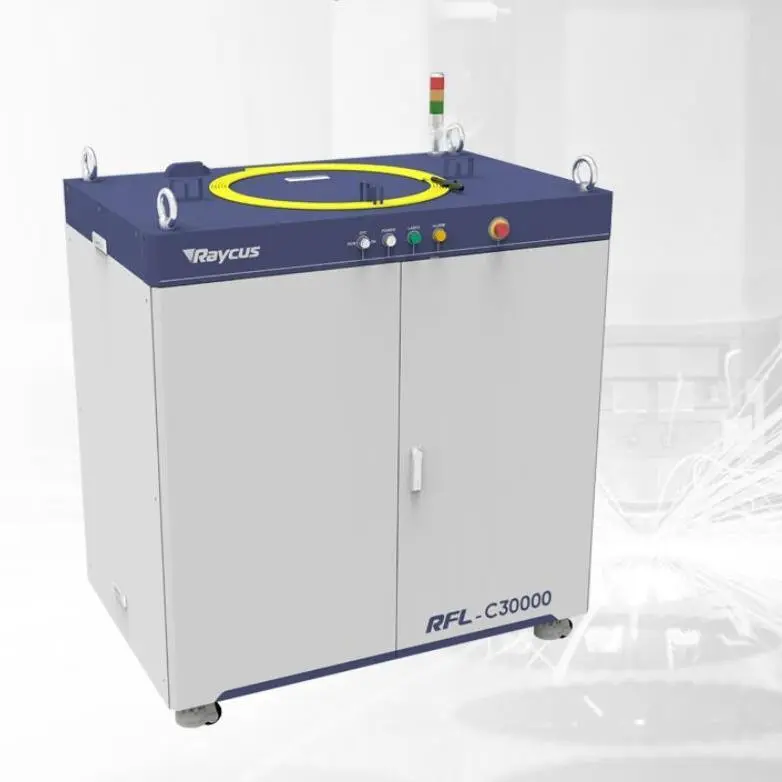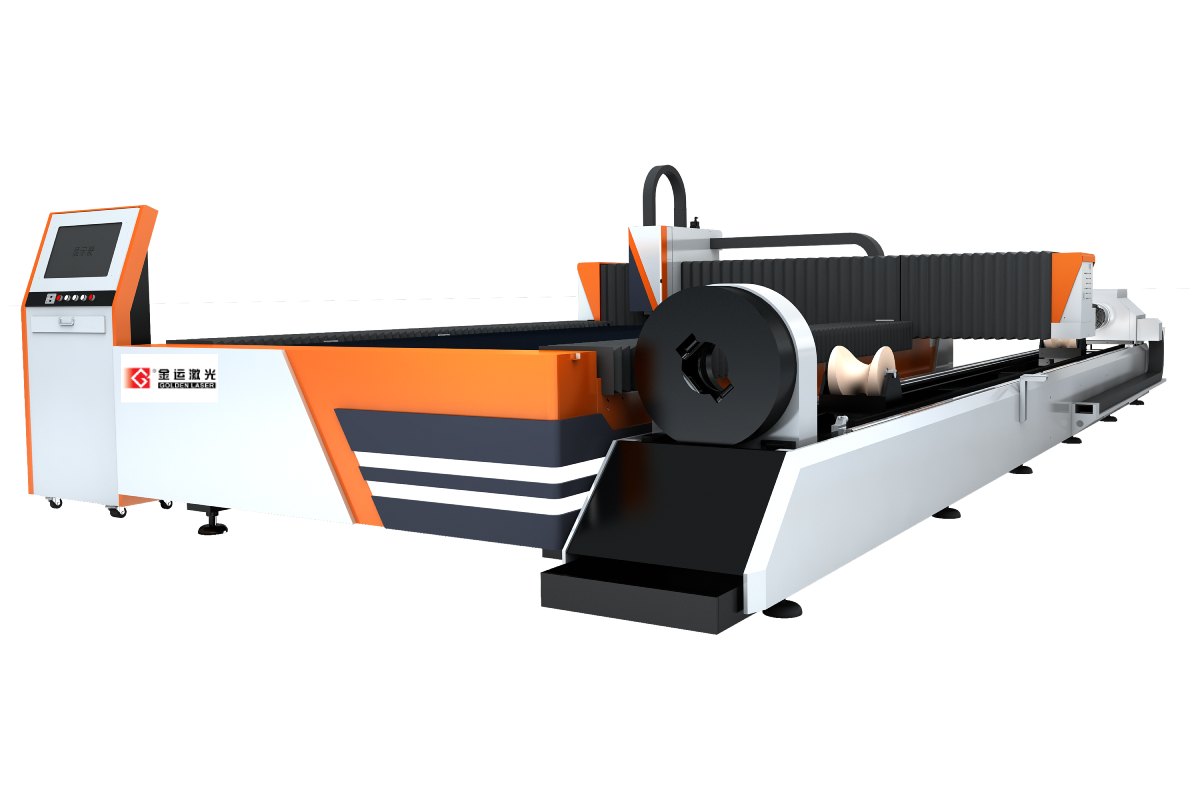
Revolutionizing Manufacturing: The Impact of Laser Welding Machines on Modern Production Processes and Their Advantages Over Traditional Methods
****
In the fast-evolving landscape of manufacturing, efficiency, precision, and innovation have become paramount. Among the myriad technological advancements that have emerged, laser welding machines stand out as one of the most transformative tools for various industries. By utilizing high-intensity laser beams to join materials, these machines offer numerous advantages over traditional welding methods. Their adoption has significantly altered production processes, making them faster, more accurate, and adaptable to a wide range of applications.
At its core, laser welding is a process that employs a focused laser beam to melt and fuse materials, typically metals or thermoplastics. The precision of the laser allows for extremely fine control over the welding process, resulting in minimal thermal distortion and a reduced heat-affected zone. This precision not only enhances the overall quality of the weld but also extends the lifespan of the components being joined. Traditional welding techniques often involve the use of filler materials and generate excessive heat, leading to warping or weakening of the base materials. In contrast, laser welding machines offer a cleaner and more efficient solution.
One of the standout features of laser welding machines is their versatility. These machines can be tailored to meet the specific requirements of various industries, including automotive, aerospace, electronics, and medical device manufacturing. For instance, in the automotive sector, laser welding is used to fuse components of increasing complexity while ensuring structural integrity. The ability to weld different materials, such as aluminum and steel, further expands the applications available to manufacturers seeking innovative solutions.
Automation is another compelling benefit of laser welding technology. With the integration of robotics and advanced programming, laser welding machines can operate continuously and with minimal human intervention, thereby increasing production rates and reducing labor costs. Automated systems can monitor the quality of welds in real-time, ensuring that any defects are immediately identified and rectified. This level of automation not only enhances productivity but also provides a safer working environment by minimizing human exposure to hazardous welding conditions.

Revolutionizing Manufacturing: The Impact of Laser Welding Machines on Modern Production Processes and Their Advantages Over Traditional Methods
Moreover, laser welding machines are environmentally friendly. Traditional welding methods often produce significant amounts of smoke, fumes, and other pollutants which can harm both operators and the environment. Laser welding, however, typically generates less waste and minimizes harmful emissions, contributing to a greener, more sustainable manufacturing process. Additionally, the efficiency of laser welding leads to less material waste compared to conventional methods, further reducing the overall environmental impact.
Cost efficiency is another major advantage of laser welding machines. Although the initial investment in laser technology may be higher than traditional welding systems, the long-term savings often outweigh these costs. The precision and speed of laser welding lead to faster production times and reduced rework rates. Businesses can also benefit from fewer defects and a higher-quality end product, which can translate to lower warranty costs and increased customer satisfaction.

Revolutionizing Manufacturing: The Impact of Laser Welding Machines on Modern Production Processes and Their Advantages Over Traditional Methods
Furthermore, the flexibility of laser welding machines allows for quick adjustments to accommodate varying product designs. In today’s fast-paced market, the ability to pivot and respond to changing demands is crucial. Laser systems can be easily programmed for different welding tasks, enabling manufacturers to switch between projects with minimal downtime.
In conclusion, laser welding machines are revolutionizing the manufacturing sector by providing a high-precision, efficient, and environmentally friendly welding solution. Their ability to produce high-quality joints with minimal distortion makes them an invaluable asset across diverse industries. As technology continues to advance, it is likely that the adoption of laser welding will only increase, paving the way for innovative applications and further enhancing the capabilities of modern production processes. Embracing this technology not only means investing in improved operational efficiencies but also committing to a sustainable and competitive future. Steel Cutting Machine
